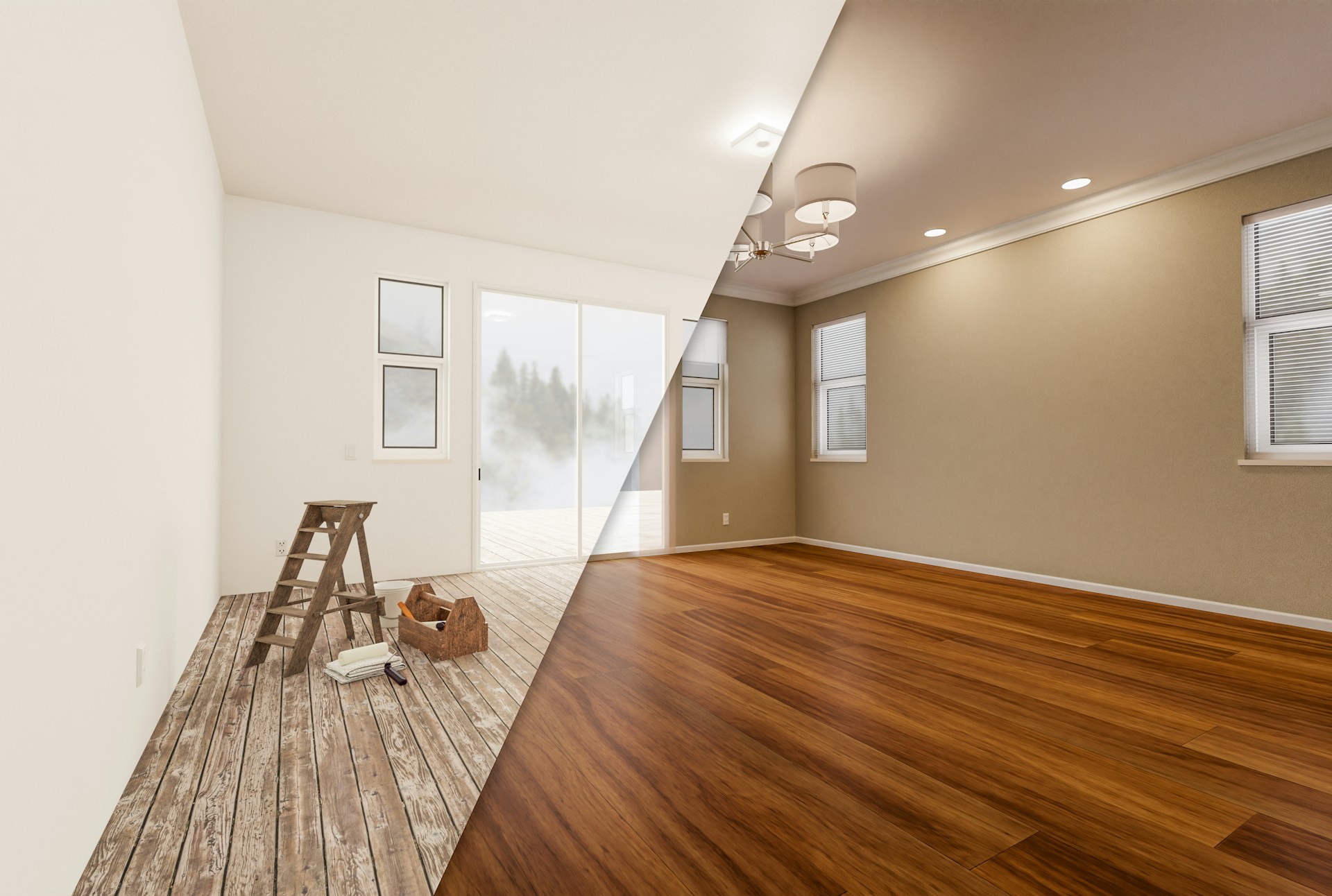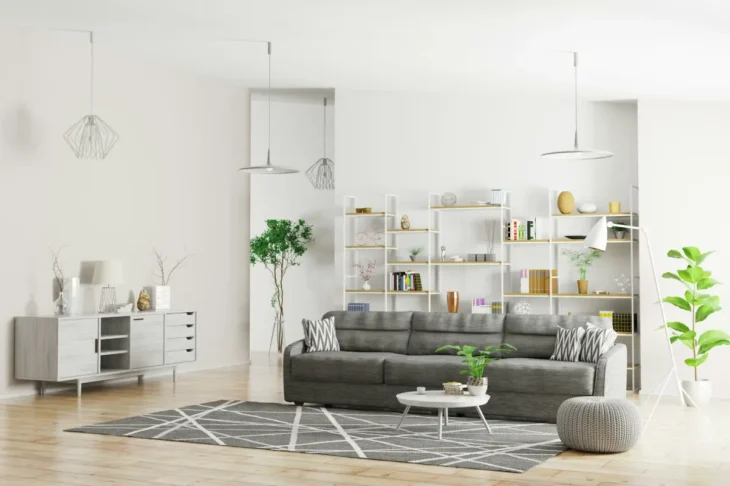
Not All Floors Are Created Equal—Here’s What Businesses Need
Okay, so floors might not be the first thing people notice when walking into a shop or office, but they definitely feel them. Imagine walking into a store and the floor is super slippery, or the carpet looks like it’s been there since forever—doesn’t really give the best first impression, right?
That’s why picking the right flooring for a business space isn’t just about choosing what looks nice. It’s about finding something that works hard, stays safe, and still looks good doing it.
Why Business Floors Need to Be Tough
At home, floors don’t go through nearly as much as they do in a public place. In a living room, there’s maybe four or five people walking around all day. But in a café, school, or office building, hundreds—even thousands—of shoes pass through daily. That’s a lot of wear and tear.
Business floors need to be strong enough to handle that. They can’t chip, stain, or fall apart after a few months. They need to stay looking good and feel comfortable even after years of use. This is why commercial flooring is such a smart choice. It’s made especially for places with heavy foot traffic, and it holds up way better than regular home flooring.
Slip, Trip, and Safety Checks
One of the biggest things businesses have to think about is safety. People can sue a company if they slip and fall, so the floors have to be safe, especially in places that can get wet—like a café where drinks might spill, or a building entrance when it’s raining outside.
That’s why many commercial floors are made with materials that help prevent slipping. Some have special textures or are treated so they stay grippy even when wet. That’s way different from a shiny tile floor in a kitchen at home, where nobody’s going to get sued if someone in socks slides across it.
There’s also stuff like edges and seams. If a carpet starts to curl up, or a tile cracks, someone could trip. Commercial flooring is designed to avoid those problems, either by using super tough materials or being installed in a way that keeps everything flat and smooth.
Easy to Clean = Less Stress
Let’s be real: no one wants to spend forever cleaning a floor. In a business, it’s even more important to keep things clean without spending tons of time doing it. Commercial floors are made to be low maintenance. That means dirt, mud, spills—none of it soaks in or stains easily.
For example, vinyl or rubber flooring in a gym or medical center can be cleaned quickly with just a mop. No deep scrubbing needed. Some carpet tiles for offices are also made with stain-resistant materials, so if someone drops coffee, it doesn’t ruin the look forever.
Less cleaning time means employees can focus on more important things, and the place always feels ready for customers.
Style Still Matters
Just because a floor has to be tough doesn’t mean it should look boring. In fact, the way a space looks can affect how people feel when they’re in it. A cool-looking floor in a retail shop can make people want to stay longer. A nice, calm carpet in a waiting room can help people feel more relaxed.
That’s why modern commercial flooring comes in all sorts of styles. There’s wood-look vinyl, sleek tiles, colorful carpet tiles—you name it. Businesses can match the flooring to their vibe without sacrificing function. A trendy café can have that rustic wood feel, while a tech office might go for something super minimal and modern.
And for places that want to stand out, there are even custom flooring options. That means a business can put its logo, colors, or patterns right into the floor. It’s a small detail, but it can totally make the space feel more pro and put-together.
Flooring That’s Built to Last
One big difference between regular and commercial flooring is how long it lasts. Home floors might need replacing after 5 to 10 years, especially if they’re not taken care of. But commercial flooring? That stuff is built for the long haul. Some types can last 15 to 20 years or more.
It doesn’t wear down easily, and a lot of it is made from materials that don’t fade from sunlight or get scratched up by shoes, carts, or furniture. That means businesses save money in the long run. They don’t have to keep ripping up and replacing flooring every few years.
Some floors are even modular—like carpet tiles or planks—so if one part gets damaged, it can just be swapped out instead of replacing the whole thing.
Good for the Planet? That Too
Lots of businesses care about being eco-friendly now, and flooring can help with that too. Some commercial flooring is made from recycled materials or is designed to be recycled later. Others are made using less energy or fewer chemicals during production.
There are also floors that help with air quality. Sounds weird, but some carpets and vinyls are made without nasty stuff that can mess with people’s breathing. That’s a big win for schools, offices, and healthcare places.
Even better, some commercial floors help with insulation. That means rooms stay cooler in summer and warmer in winter, which saves energy on heating and cooling.
Picking the Right Floor for the Right Space
Not every commercial floor works everywhere. What’s perfect for a gym might be totally wrong for a restaurant. That’s why it’s important to think about how the space will be used.
In places where things get wet a lot—like restaurants or hospitals—non-slip surfaces are a must. For offices, soft carpet tiles help keep noise down and make it more comfortable to walk around. Retail stores might go for hard, smooth floors that are easy to sweep and mop.
It’s not about choosing the most expensive option—it’s about choosing the right one for what the space needs.
The Big Takeaway
Floors do way more than people think. In a business, the right flooring can keep people safe, save money, and make a space feel just right. That’s why commercial flooring is such a smart pick—it’s designed to handle everything from messy boots to busy lunch rushes, without falling apart or looking bad.
So whether it’s a brand-new shop, a busy office, or a school hallway, getting the right kind of floor can make a huge difference. And when it’s done right, no one even thinks about it—which is kind of the point.

